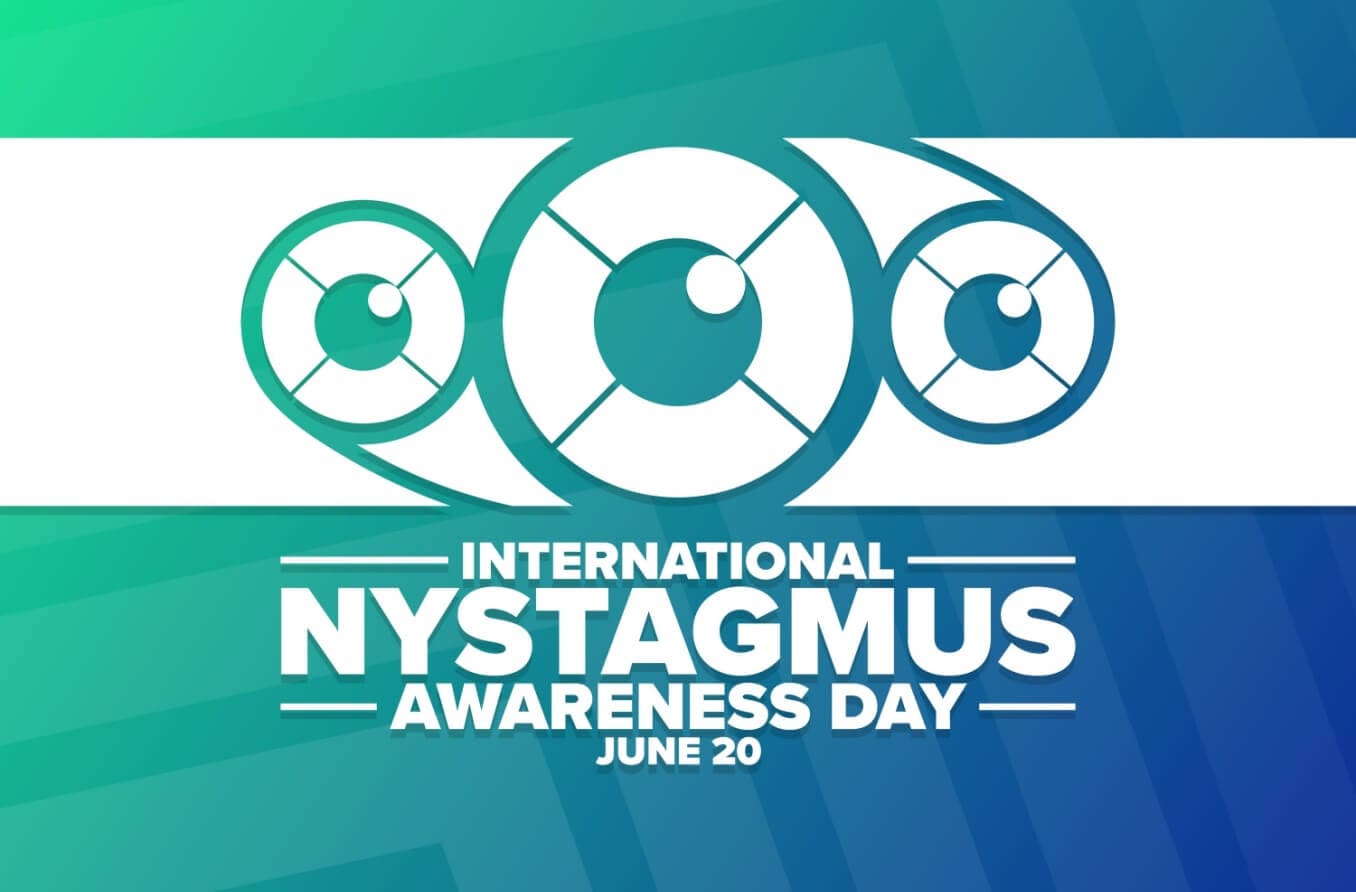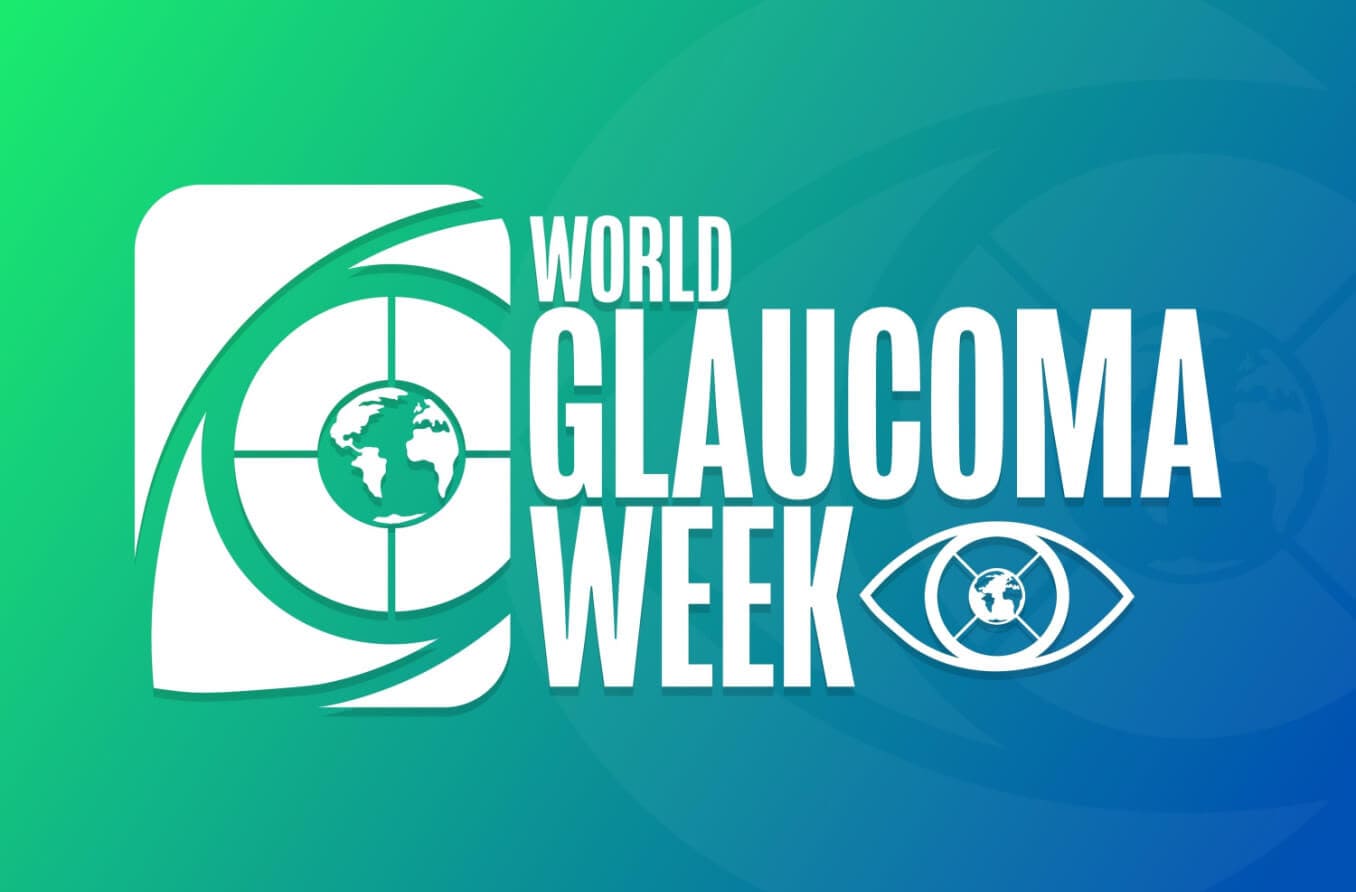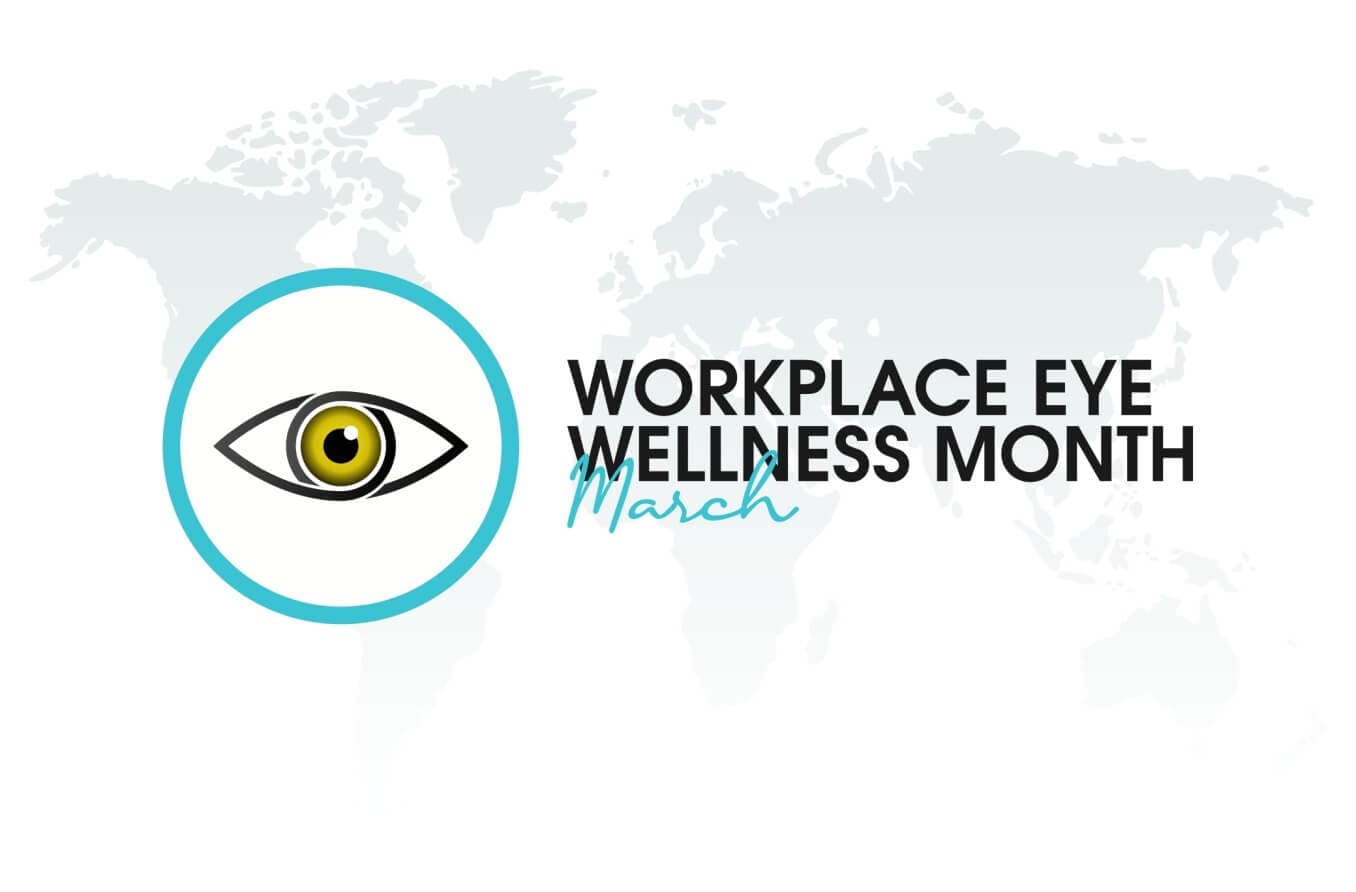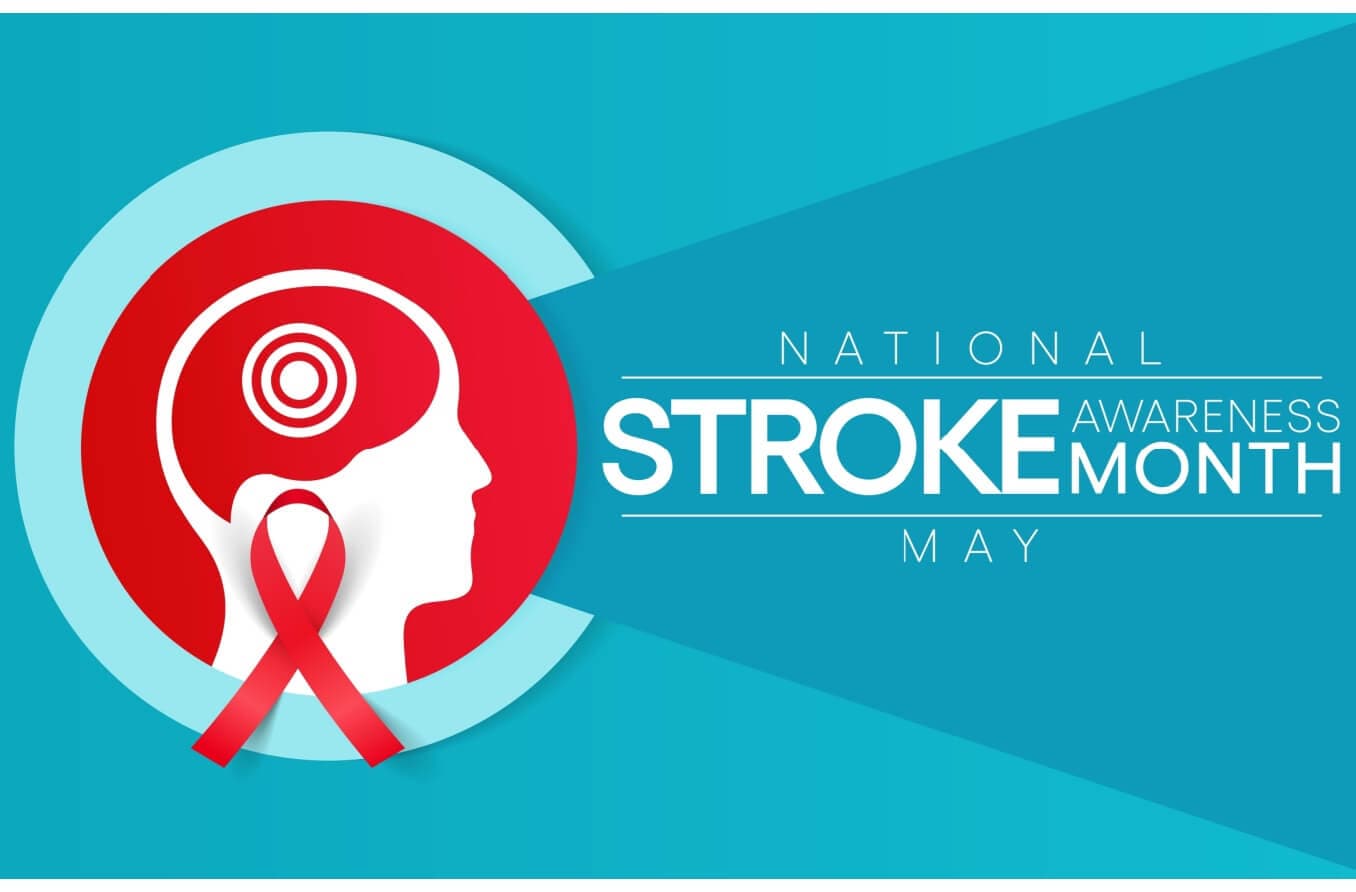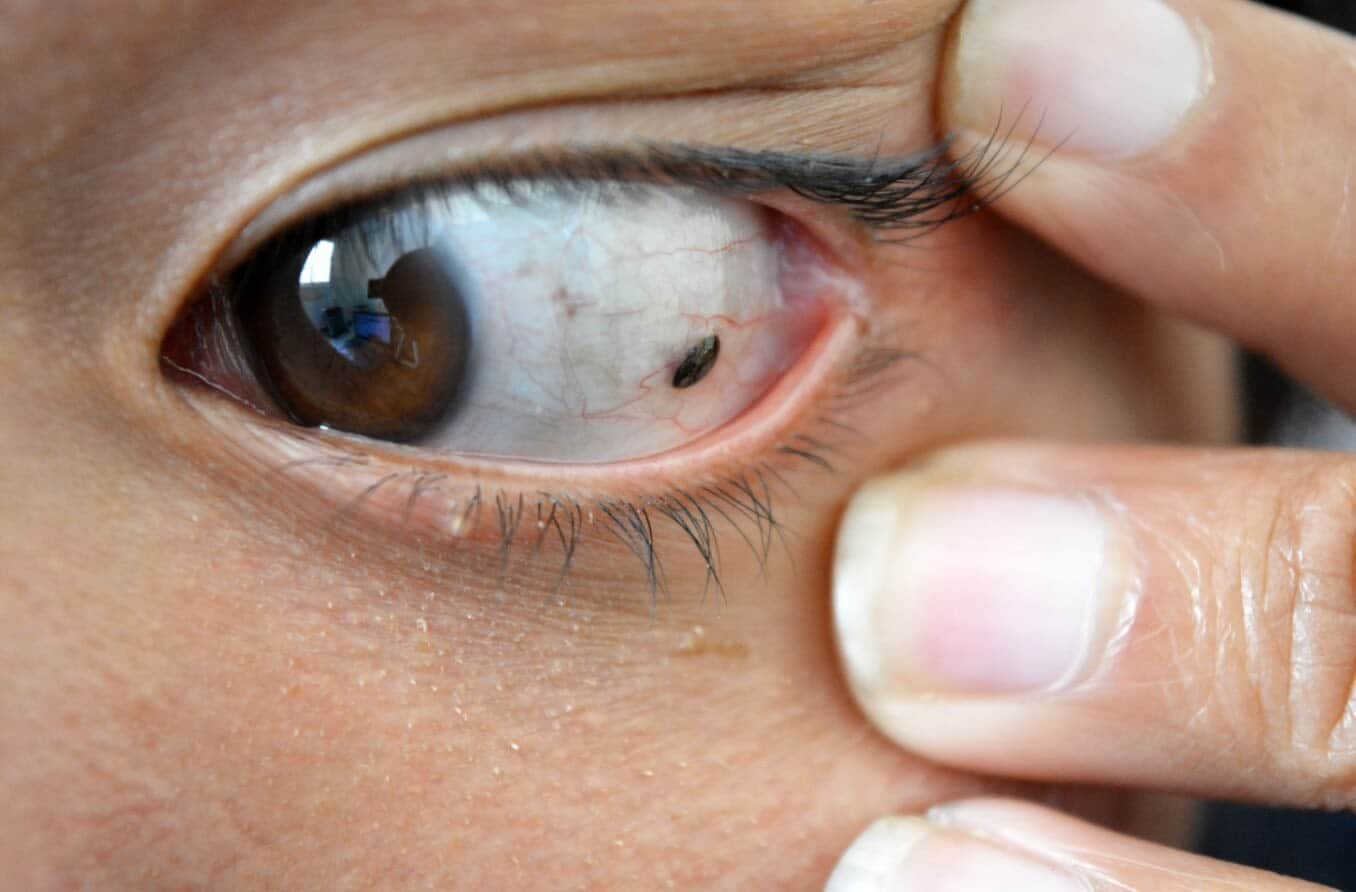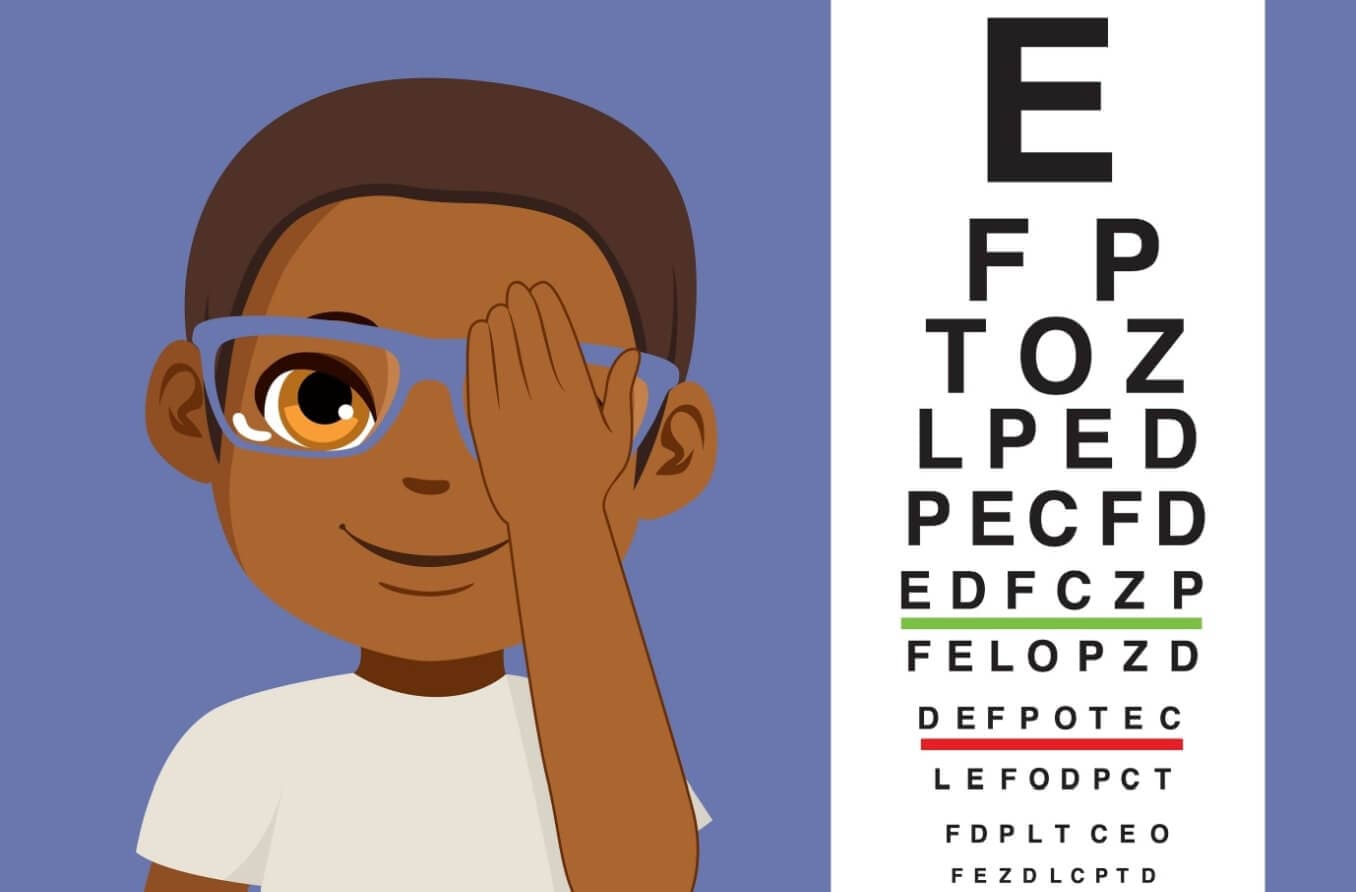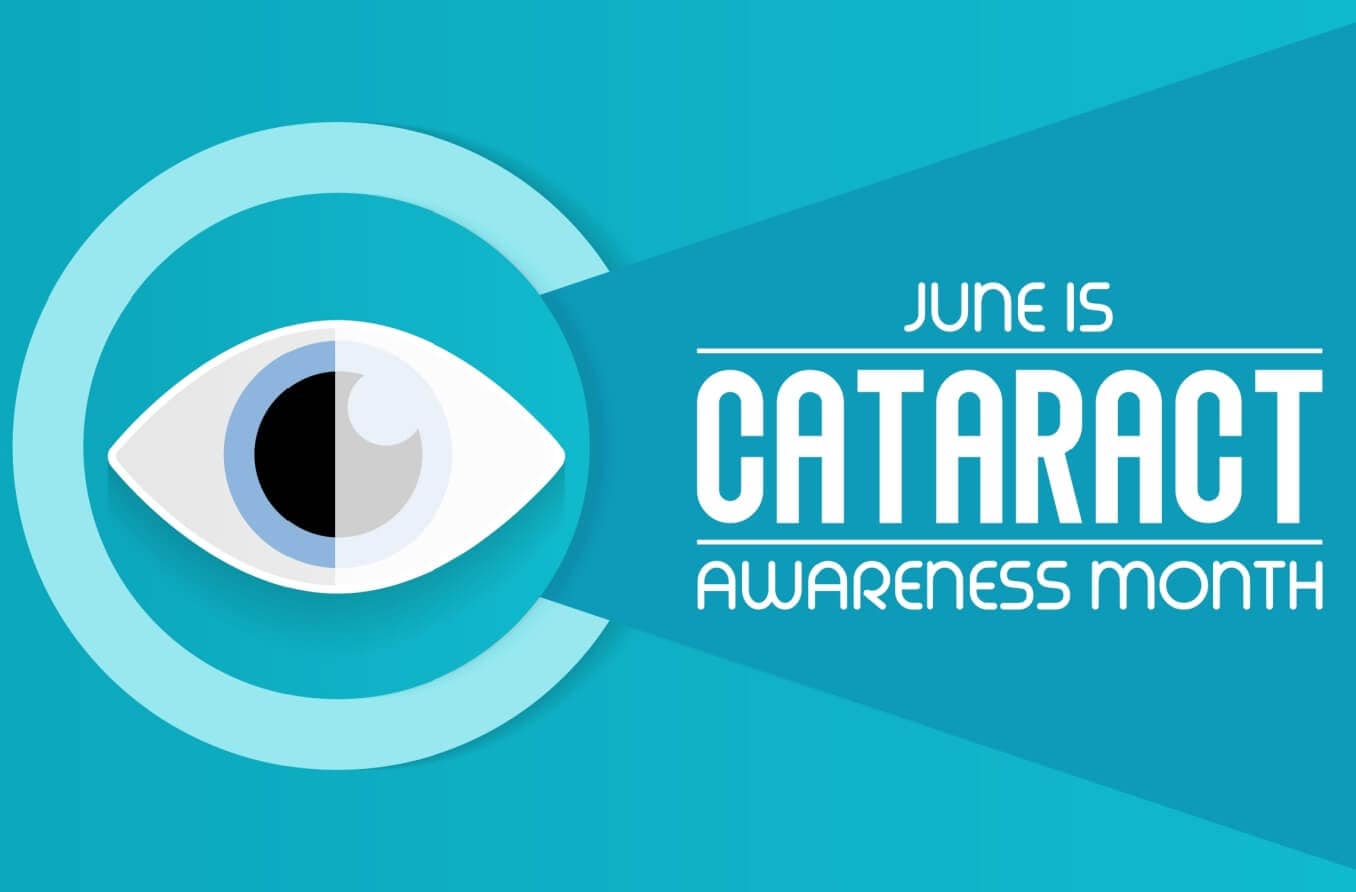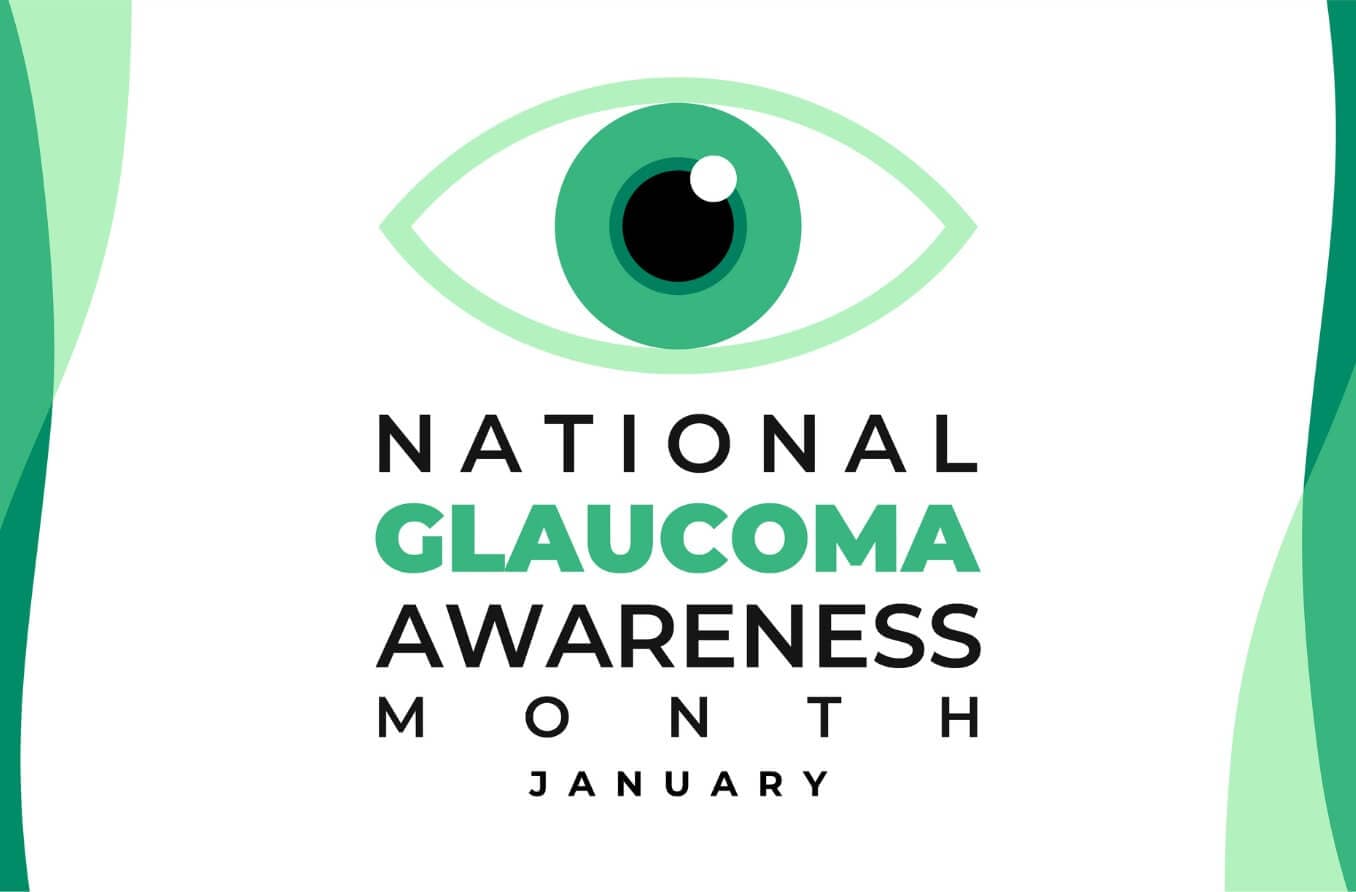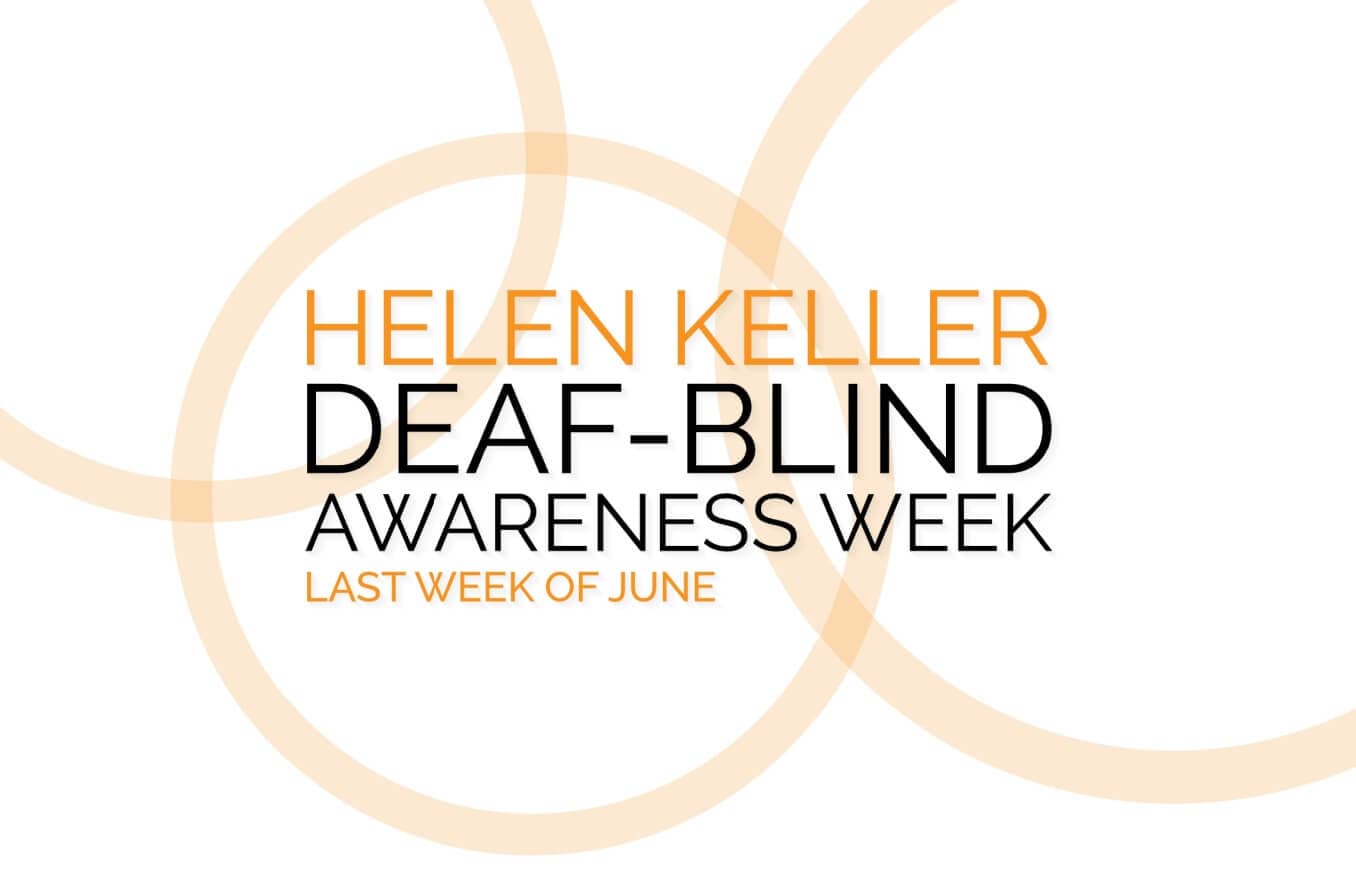History of International Nystagmus Awareness Day
International Nystagmus Awareness Day was established by Nystagmus Network, a charity organization in the United Kingdom, to raise awareness about nystagmus around the world. The first International Nystagmus Awareness Day took place on June 20, 2020, and has recurred on the same date each year since.
Nystagmus Network works hard to make people more knowledgeable about the eye condition every day — well beyond June 20. And with the help of donations, the organization also provides resources, education and various types of support that nystagmus patients need for daily life.
The annual summer campaign further promotes this mission of patient support and public education. International Nystagmus Awareness Day also puts a spotlight on the condition for eye doctors, helping them better understand, diagnose and treat nystagmus. And it helps experts get closer to effective prevention, and eventually, a possible cure.
What is nystagmus?
Nystagmus is an eye condition in which a person experiences uncontrolled rhythmic eye movements in different directions. These movements usually occur in both eyes and can be fast or slow. They may be better or worse if a person looks in a certain direction or tilts their head a certain way.
Symptoms of nystagmus may include:
Balance issues
Difficulty focusing
Problems seeing in dim environments
Types of nystagmus
There are two main types of nystagmus classified by the underlying cause:
Optokinetic nystagmus (pendular) – The more common type, this is usually caused by a condition in the nervous system or the eyes.
Vestibular nystagmus (jerk) – This is related to the vestibular system in the inner ear or brain that helps you maintain your sense of balance. This is the less common form.
Nystagmus can also be classified based on the direction in which the eyes move:
Rotary nystagmus – Movements that travel in a circle
Horizontal nystagmus – Movements that travel from side to side
Vertical nystagmus – Movements that travel up and down
Age at onset — or the age at which symptoms appear — is another way to categorize the condition:
Congenital nystagmus – Also called infantile nystagmus, this type occurs at birth and often causes blurred vision more so than “shaky” vision.
Spasmus nutans – This form occurs in young children (age 6 months to 3 years) and typically resolves on its own by the age of 8.
Acquired nystagmus – This most common type can occur at any age as the result of an injury or underlying condition. It usually makes patients feel as though the things in front of or beside them are shaking.
SEE RELATED: How eye twitching may be a sign of a brain disorder
Nystagmus risk factors
Nystagmus is typically caused by a condition that affects the eyes, brain, inner ears or nervous system. The following conditions and triggers may be associated with nystagmus:
Eye movement disorders such as strabismus
Cataracts and other various eye conditions
Meniere’s disease and other inner ear disorders
Drug or alcohol use
Flashing lights
Side effects of some medications, including anti-seizure medicine and lithium
Your chances of having nystagmus can also be increased if you have a history of the condition in your family.
How is nystagmus treated?
Nystagmus treatment depends on the type and cause of the condition. Based on these factors, your eye doctor may recommend:
Corrective lenses
Muscle relaxants, such as baclofen and other medications
Botox injections
Biofeedback training
Surgery
Trigger avoidance
Rather than attempting to “cure” nystagmus, the goal of treatment is typically to reduce or improve nystagmus symptoms.
Observing International Nystagmus Awareness Day
Many people don’t understand what causes nystagmus or how nystagmus feels to the person who has it. But there are lots of educational resources that can help explain. If you’re interested in learning more and helping others understand nystagmus a bit better, there are several ways to do so.
Consider the following ways to observe International Nystagmus Awareness Day:
Research nystagmus on your own time or find a local advocacy group that educates about the condition.
Spread awareness about nystagmus by sharing articles and fact sheets from trustworthy sources on social media.
Donate to Nystagmus Network and other charities that help with clinical research.
Participate in a fundraising campaign or awareness event that encourages others to get involved as well.
AAV resources for International Nystagmus Awareness Day
While nystagmus is relatively rare, it can be very serious for the people who experience it. Even if it’s not a major concern for you, reading about nystagmus can help you gain a better understanding of the condition and its effects.
All About Vision (AAV) has several resources for those curious about nystagmus. Some include a rundown of how doctors test for nystagmus, nystagmus in field sobriety testing and the differences between nystagmus and strabismus.
If you experience any changes in your vision, or if you think you may have nystagmus, schedule a comprehensive eye exam with your eye doctor as soon as possible.
